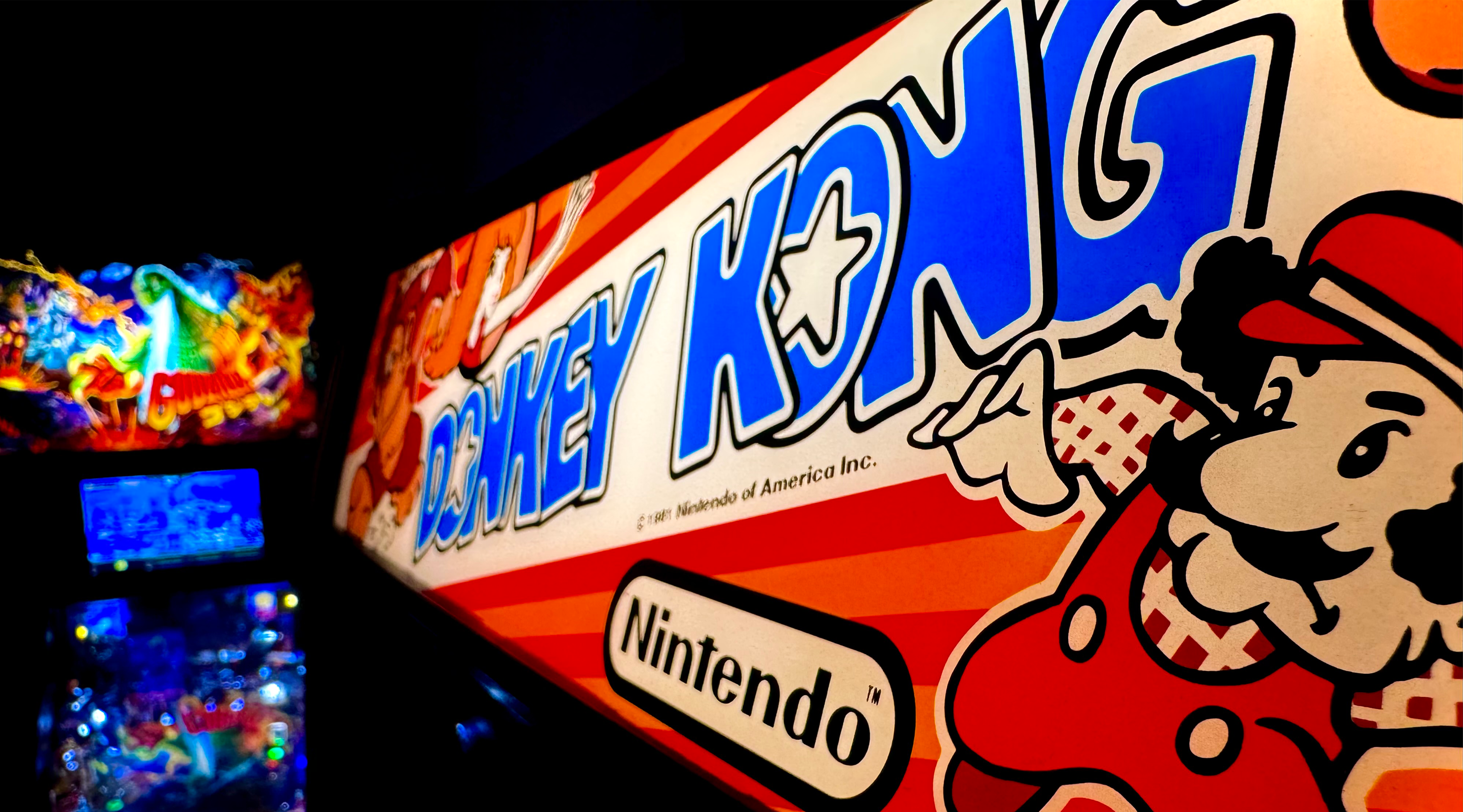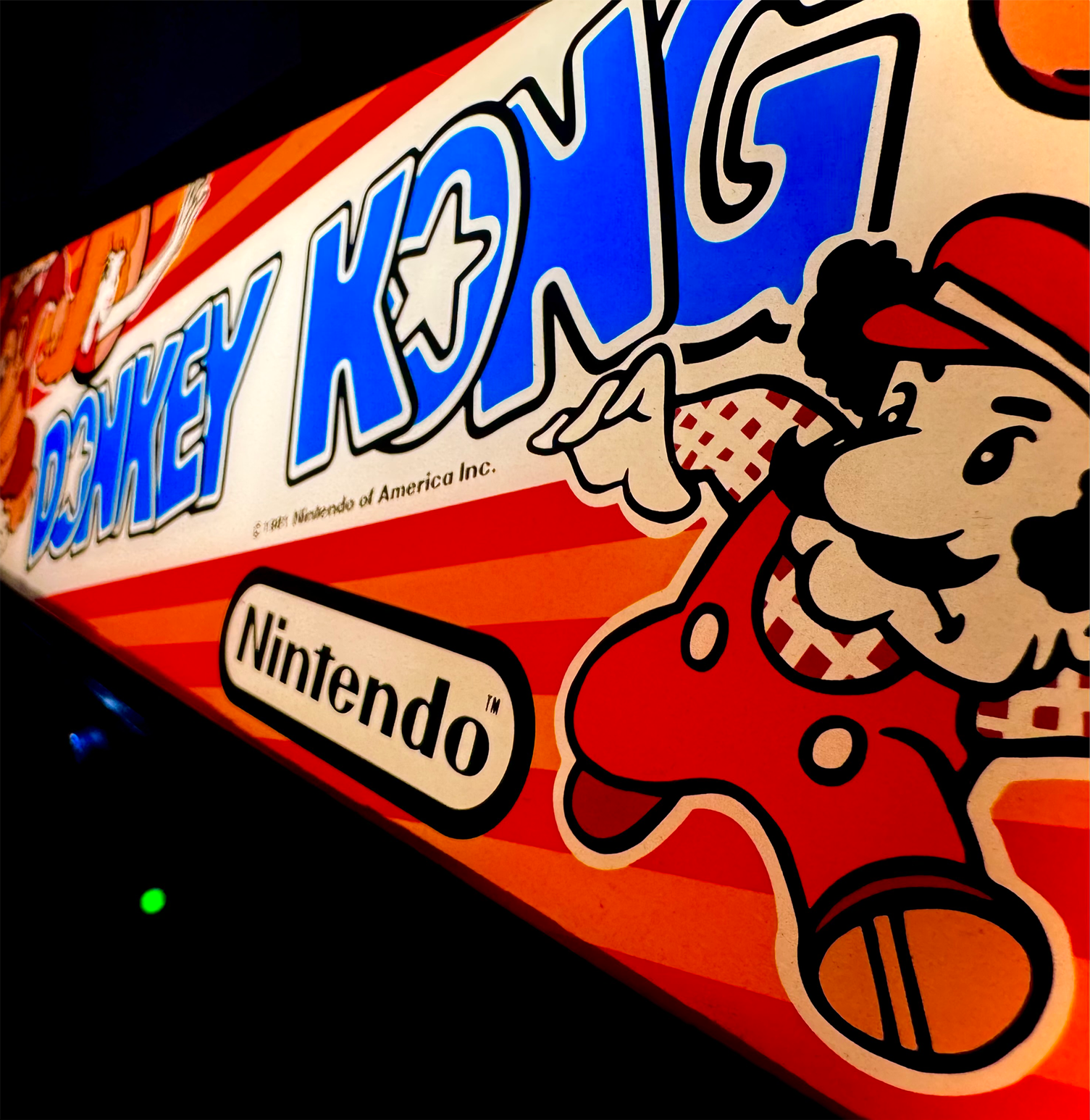Introduction
Nintendo is a name synonymous with video gaming, celebrated for its revolutionary home consoles and beloved franchises. However, before dominating the home gaming market, Nintendo played a pivotal role in the arcade gaming era. From creating groundbreaking arcade titles to introducing iconic characters, Nintendo's contributions to arcade gaming helped shape the industry and set the foundation for its future success.
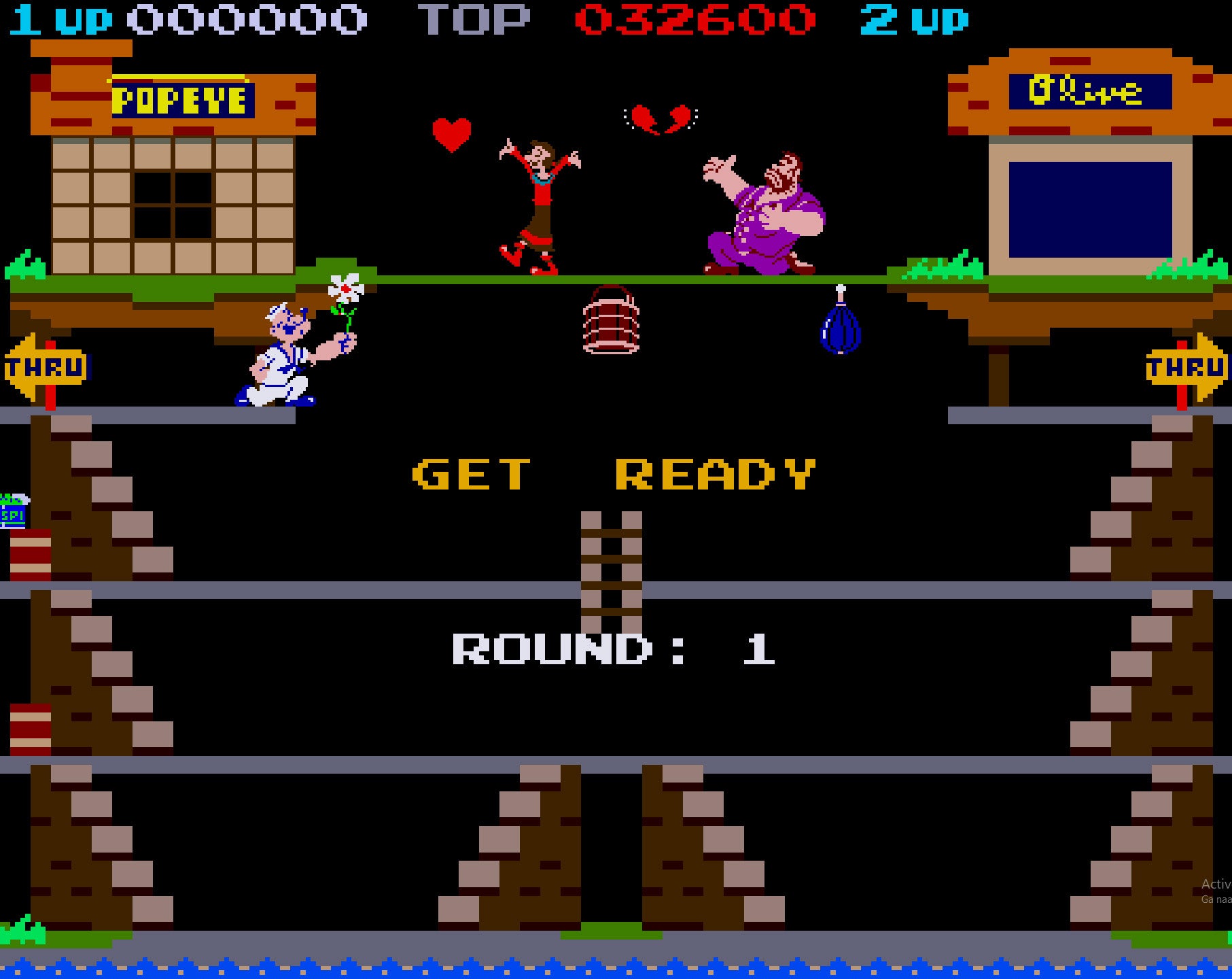
Early Beginnings in Arcade Gaming
Nintendo’s entry into the arcade scene began in the late 1970s as it transitioned from a playing card company to a video game developer. Seeking to capitalize on the booming arcade market, the company launched several experimental titles before achieving widespread acclaim.
Key Early Releases
- Sheriff (1979): A single-screen action game that showcased Nintendo’s early efforts at creating engaging arcade experiences.
- Radar Scope (1980): Nintendo’s first major arcade game. Though moderately successful in Japan, its lukewarm reception in the U.S. prompted the company to rethink its approach.
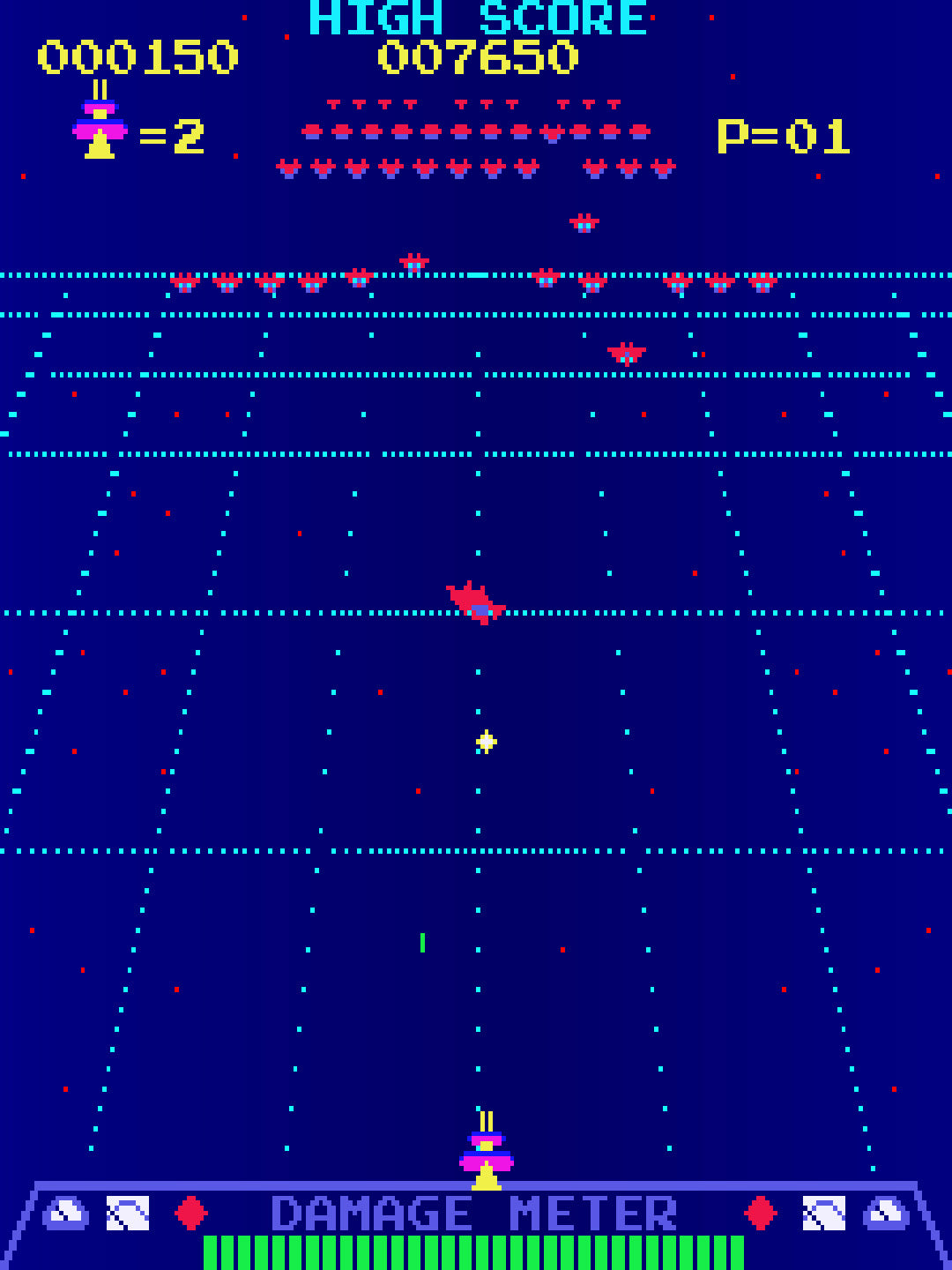
The Breakthrough: Donkey Kong (1981)
The turning point for Nintendo in arcade gaming came with Donkey Kong, designed by Shigeru Miyamoto. The game introduced players to:
- Jumpman (later Mario): A carpenter on a quest to rescue a damsel in distress from the titular ape.
- Revolutionary Gameplay: Unlike traditional shooters, Donkey Kong featured vertical platforming and dynamic hazards.
- Mass Appeal: The game’s charming characters and addictive gameplay made it a massive hit worldwide, securing Nintendo’s place in the arcade market.
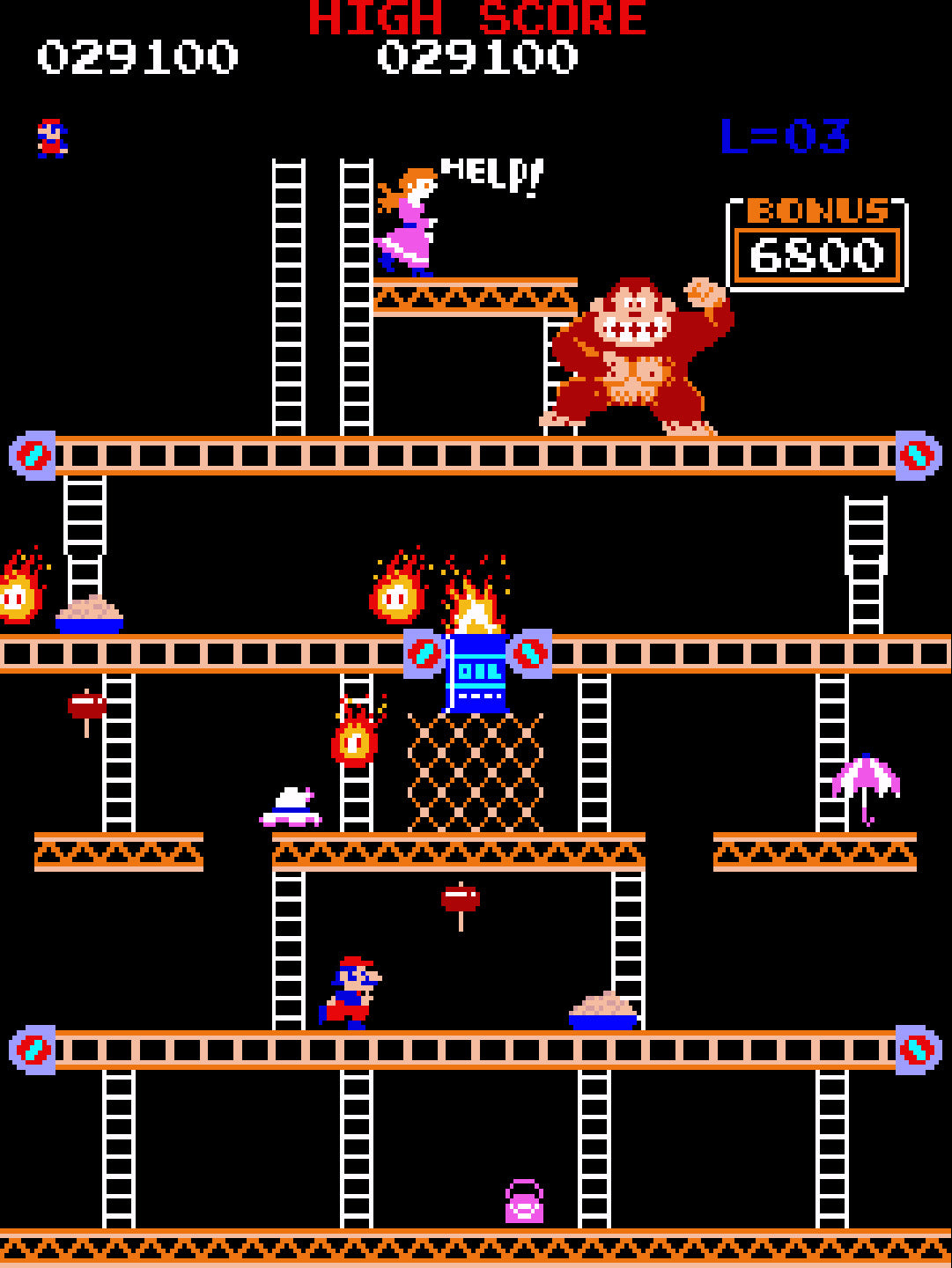
Iconic Arcade Titles
Nintendo continued to innovate in the arcade space, creating games that would become timeless classics:
Mario Bros. (1983)
- Introduced Mario and Luigi as plumbers battling pests in a sewer system.
- Featured cooperative and competitive multiplayer gameplay.
- Set the stage for the Super Mario Bros. series.
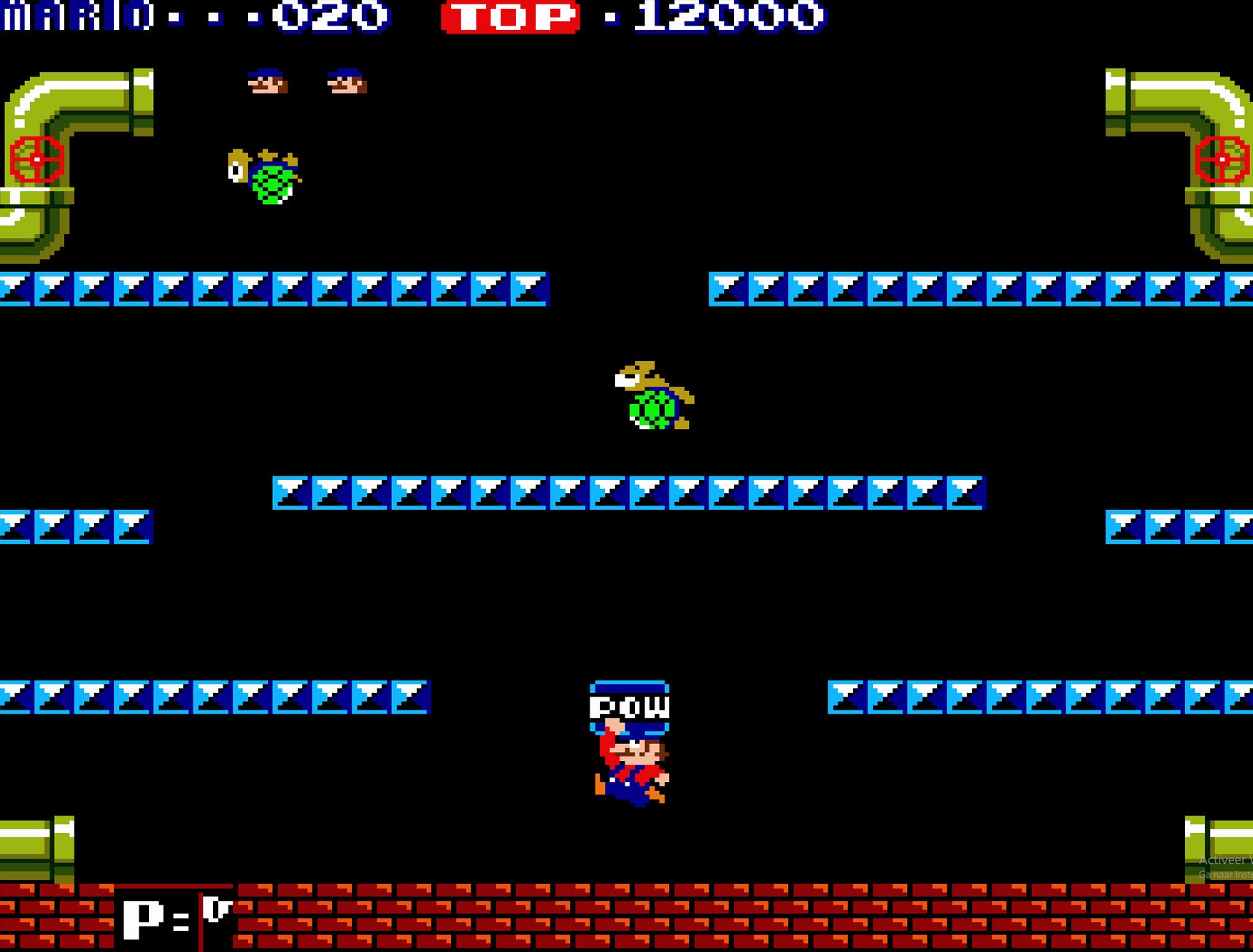
Punch-Out!! (1984)
- A boxing game known for its unique dual-monitor setup and colorful characters.
- Pioneered rhythm-based gameplay, requiring players to learn opponent patterns.
- Became a long-running franchise with adaptations for home consoles.
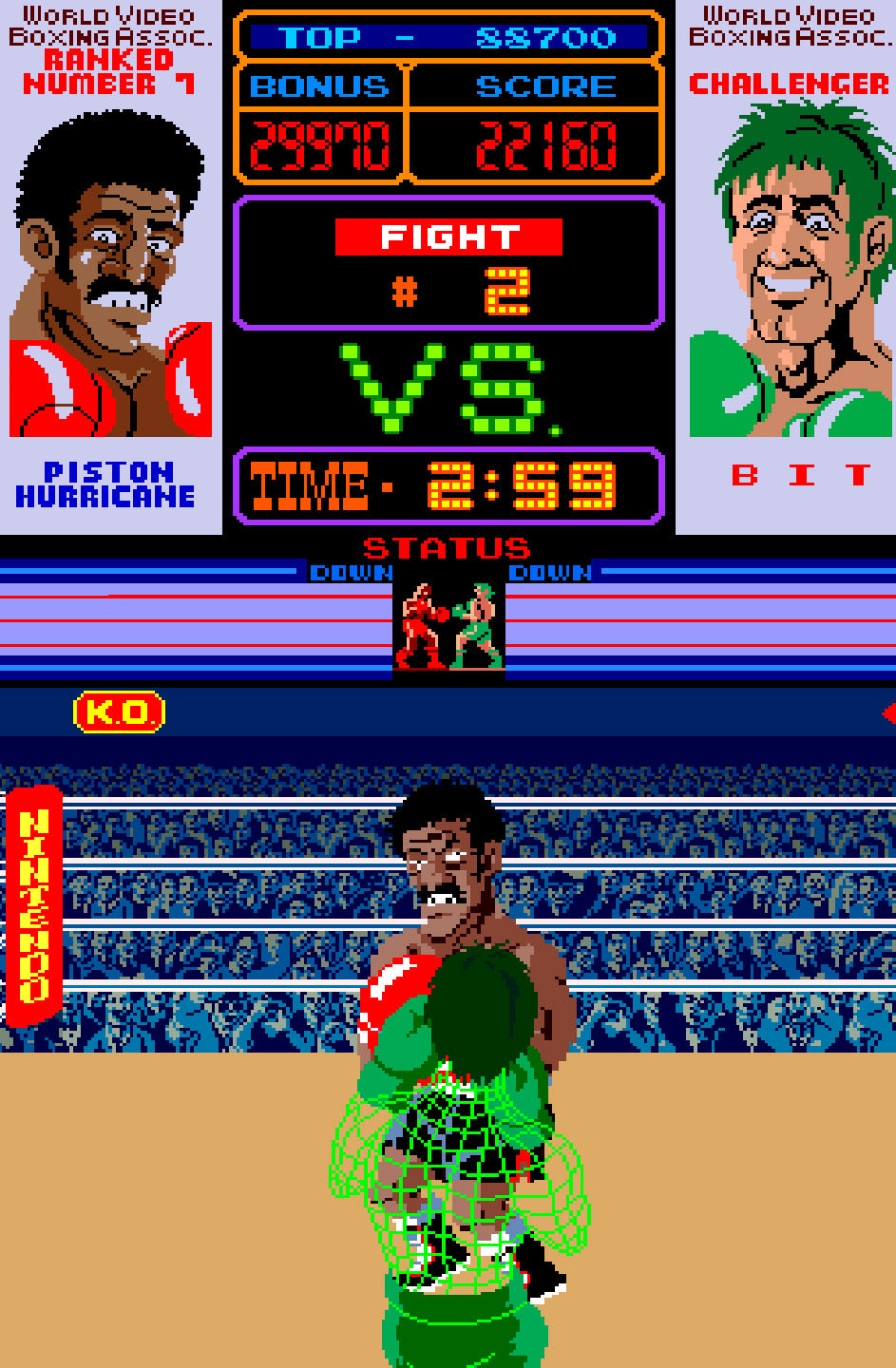
Donkey Kong Jr. (1982)
- Flipped the narrative of Donkey Kong, making players control the ape’s son to rescue him from Jumpman.
- Introduced new mechanics, such as vine-climbing.
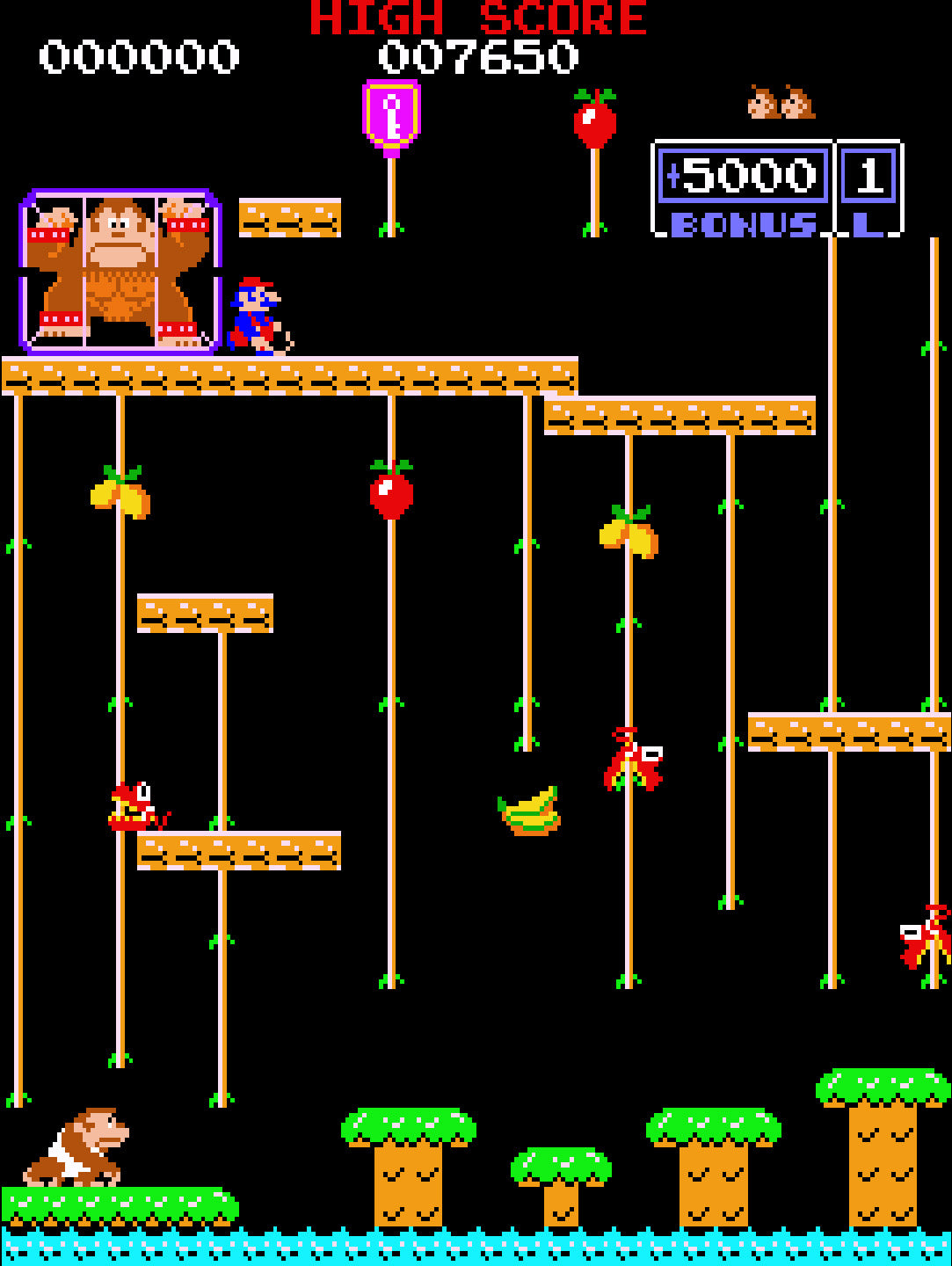
Cultural Impact and Legacy
Nintendo’s arcade successes not only established its reputation as a game developer but also laid the groundwork for its future endeavors:
- Introduction of Iconic Characters: Characters like Mario and Donkey Kong debuted in arcades, becoming gaming legends.
- Innovation in Gameplay: Games like Donkey Kong and Punch-Out!! introduced mechanics and storytelling techniques that influenced the industry.
- Global Influence: Nintendo’s arcade games resonated worldwide, building a loyal fanbase.
- Transition to Consoles: The lessons learned in arcades helped Nintendo design the Famicom/NES, revolutionizing home gaming.
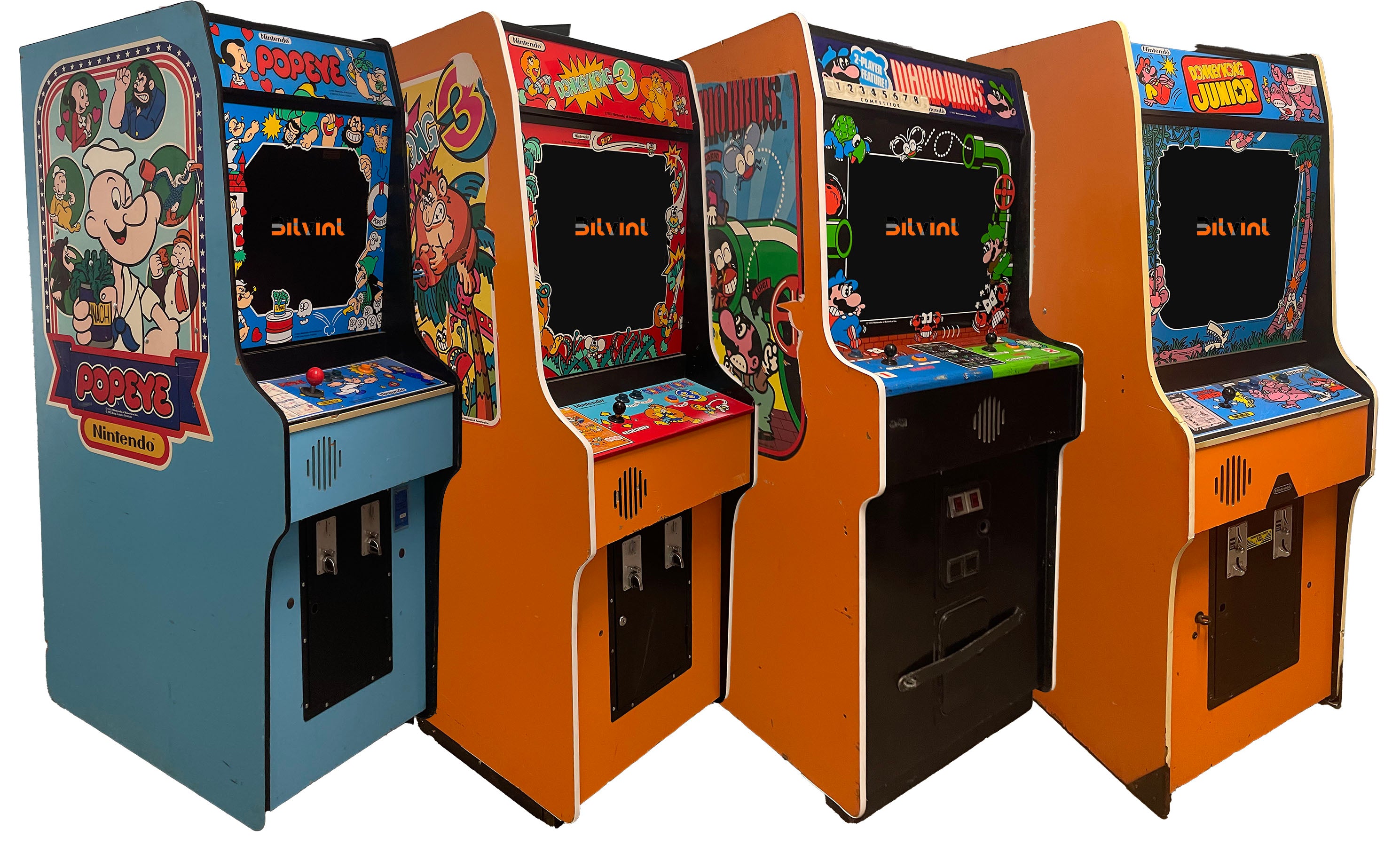
Fun Facts
- Miyamoto’s First Game: Donkey Kong was Shigeru Miyamoto’s debut project, marking the start of his legendary career.
- Dual-Screen Punch-Out!!: Punch-Out!!’s two monitors were used because Nintendo had excess CRT screens from unsold Radar Scope units.
- Mario’s Name: Mario was named after Mario Segale, the landlord of Nintendo’s U.S. office.
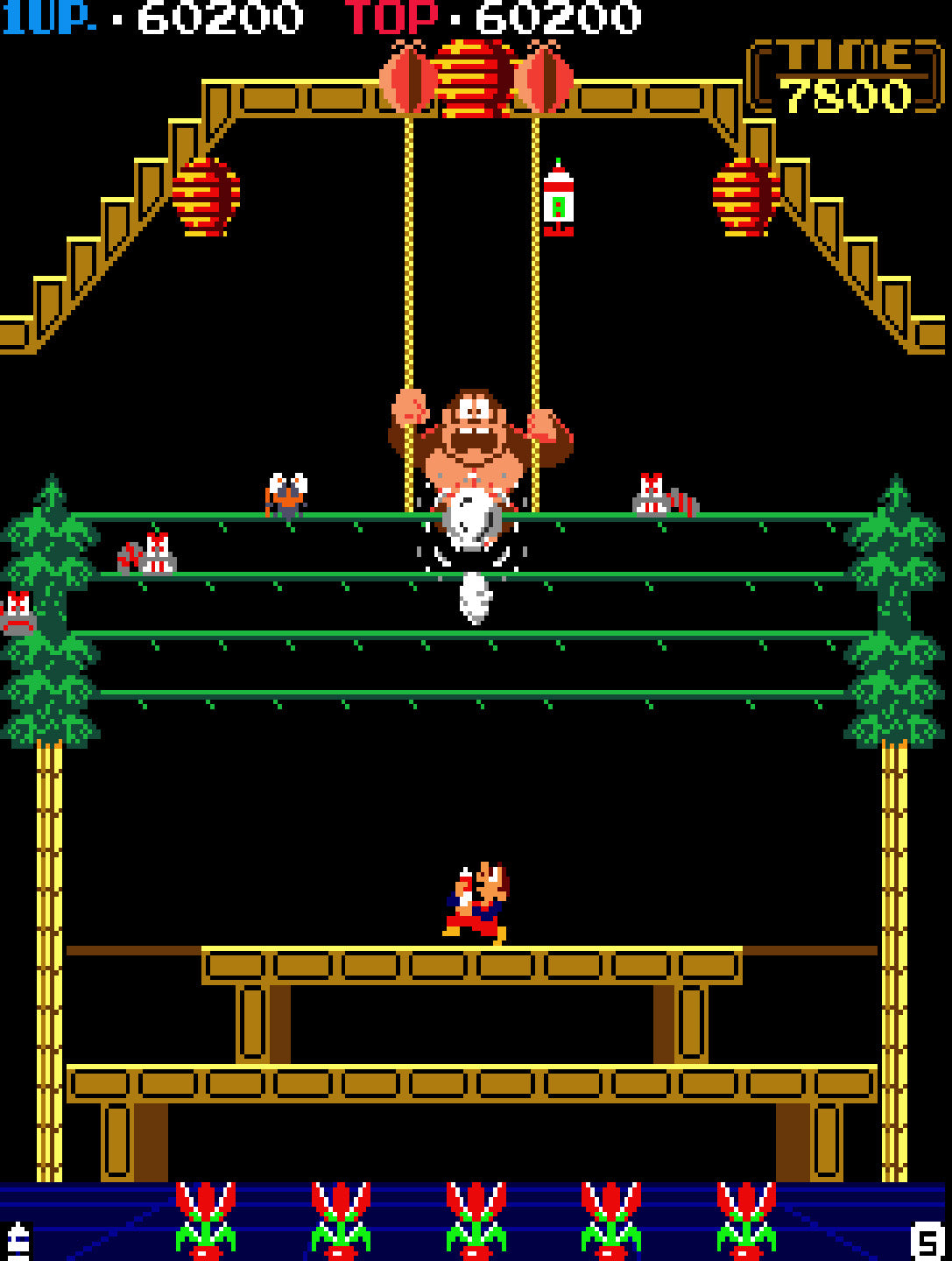
Conclusion
Nintendo’s role in arcade gaming was transformative, introducing players to innovative gameplay, memorable characters, and immersive experiences. These early successes established Nintendo as a leader in the gaming industry and laid the foundation for the global phenomenon it is today.
Related Pages
- Donkey Kong: Explore the groundbreaking title that defined platformers.
- Mario Bros.: Discover the game that introduced Mario and Luigi as dynamic plumbers.
- Punch-Out!!: Learn about Nintendo’s innovative boxing arcade classic.
- Overview of all Arcade Brands & Manufacturers
- Nintendo's official website and their history.

